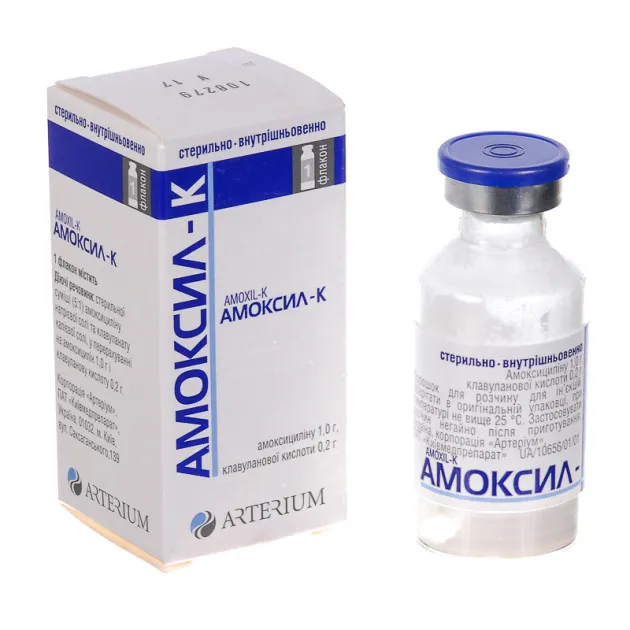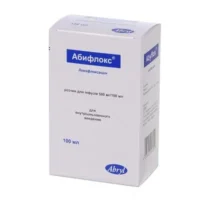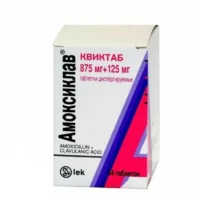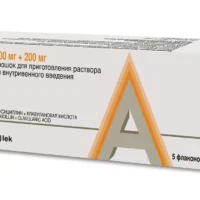Description
Amoxil (Amoxicillin) Powder for Solution 1.2 g. №1 Vial
Ingredients:
Each vial contains 1.2 g of amoxicillin.
Dosage:
The recommended dosage is determined by the prescribing healthcare provider based on the condition being treated. It is crucial to follow the prescribed dosage and administration instructions to ensure the effectiveness of the medication.
Indications:
Amoxil is commonly prescribed to treat bacterial infections such as respiratory tract infections, urinary tract infections, skin infections, and ear infections. It works by stopping the growth of bacteria.
Contraindications:
Do not use Amoxil if you are allergic to amoxicillin or other penicillin antibiotics. Inform your healthcare provider about any allergies or medical conditions before starting this medication.
Directions:
The powder should be reconstituted with the appropriate amount of water as directed by your healthcare provider. Shake well before each use. Administer the solution orally as prescribed.
Scientific Evidence:
Numerous studies have demonstrated the efficacy of amoxicillin in treating various bacterial infections. Research published in the Journal of Antimicrobial Chemotherapy highlighted the effectiveness of amoxicillin in combating common respiratory infections.
Additional Information:
It is important to complete the full course of treatment with Amoxil as prescribed by your healthcare provider, even if you start to feel better. Failure to complete the full course may result in the infection not being fully treated.
Amoxil (amoxicillin) is a widely used antibiotic that belongs to the penicillin group of drugs. It works by interfering with the synthesis of the bacterial cell wall, leading to the death of the bacteria. This medication is known for its broad spectrum of activity against various bacteria, making it a popular choice for healthcare providers.
Clinical trials have shown that Amoxil is effective in treating both mild and severe bacterial infections. Its safety profile and efficacy make it a preferred choice for healthcare providers in different clinical settings. Patients prescribed with Amoxil should adhere to the prescribed dosage and complete the full course of treatment to ensure the best possible outcome.





